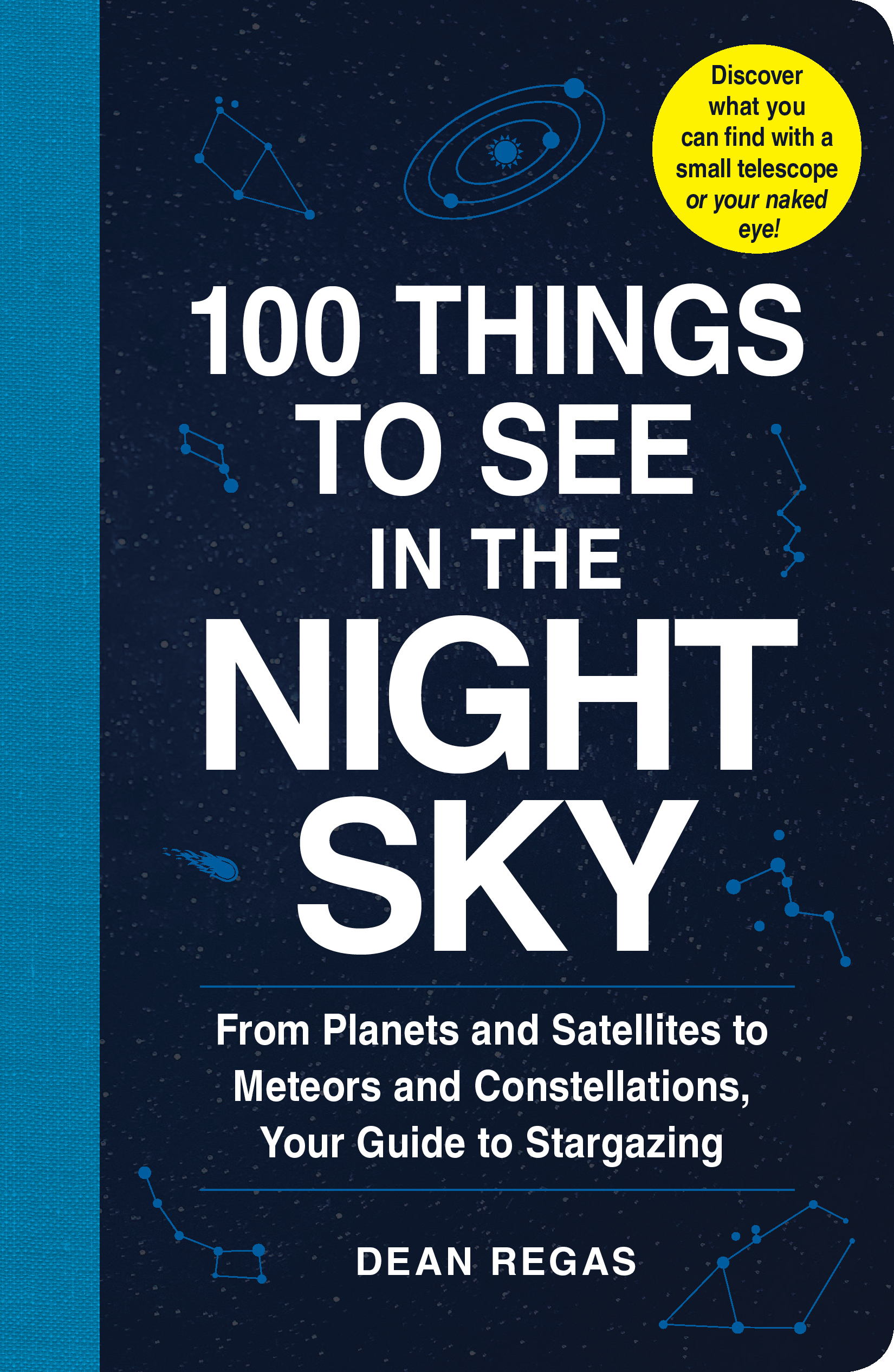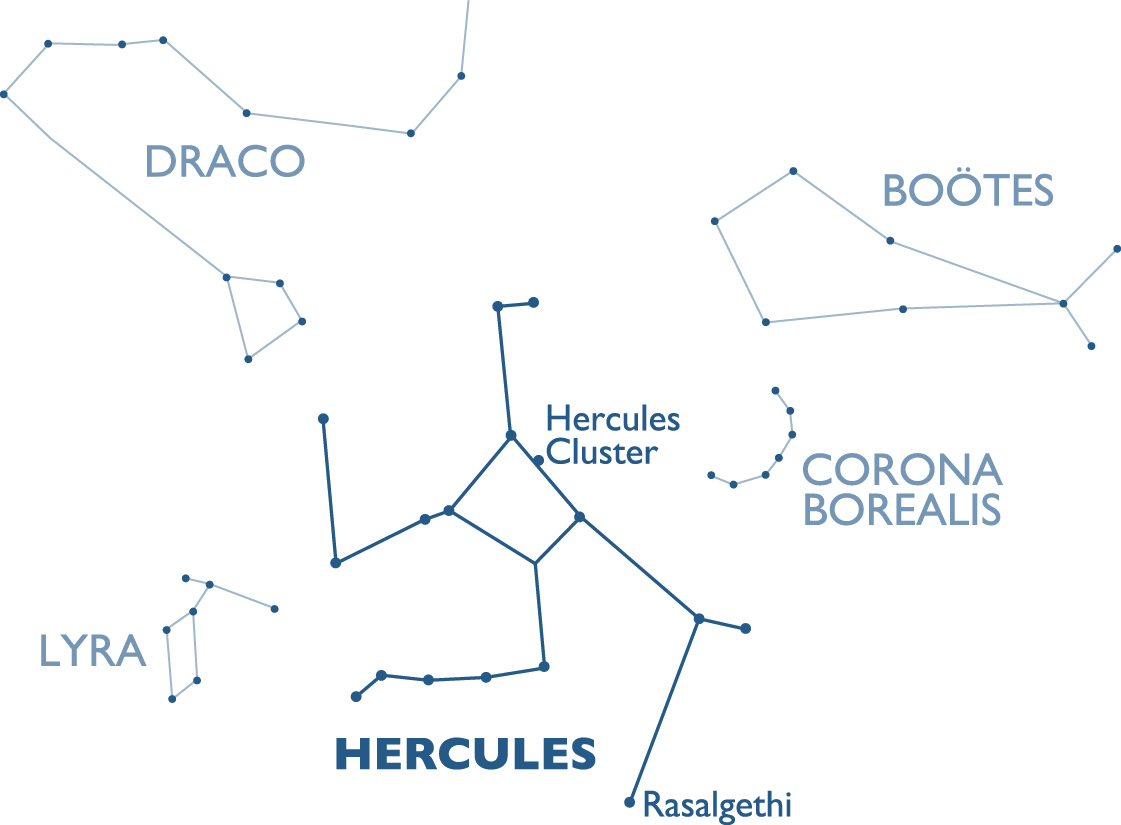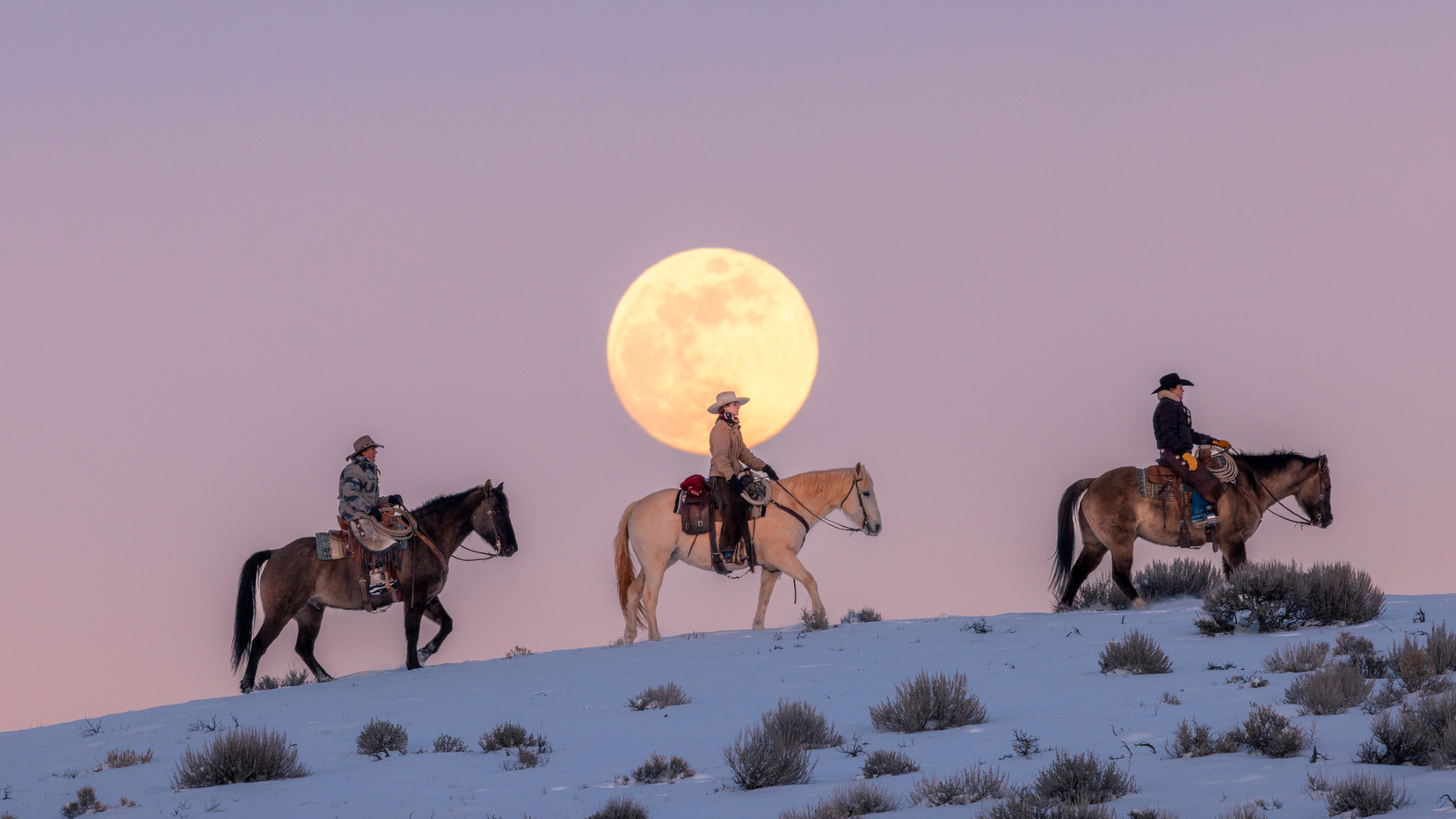'100 Things to See in the Night Sky': A Stargazing Guide for Beginners
Update for Dec. 14: Amazon has temporarily sold out of "100 Things to See in the Night Sky," but you can still order the book from Barnes & Noble here. It will be back in stock on Amazon on Dec. 17.
Have you ever looked up at the night sky, scratching your head and wondering what planets and stars you're seeing? Or have you ever wanted to wish upon a shooting star, but don't know where to find one?
For anyone who enjoys looking up, but feels lost in the sea of stars, planets and other objects overhead, a new book called "100 Things to See in the Night Sky" breaks down everything you need to know to stargaze like a pro.
Written by Dean Regas, an astronomer and public outreach educator at the Cincinnati Observatory in Ohio, this book is perfect for prospective stargazers or amateur astronomers of all ages — no prior skills or telescopes necessary!
"100 Things to See in the Night Sky" provides a simple and accessible field guide for recognizing stars, constellations and asterisms (star patterns that make shapes) in the sky. It also includes some tips for seeing things that aren't as constant or predictable, like meteor showers, auroras, eclipses, satellites passing overhead and other astronomical events. Each celestial sight is listed with a brief story of the object's history, a description, instructions for locating it, and a measure of how difficult it is to see.
"Almost everything can be seen in the city, and almost everything can be seen with the naked eye," Regas told Space.com. The book starts with the brightest and most obvious sights, including the sun, with the bulk of the rest of the book dedicated to the stars and constellations visible in the northern hemisphere every season. (A southern hemisphere edition of the book is scheduled to be released in June 2018.)
The arguably more thrilling astronomical sights toward the end of the book — like comets, meteors, satellite passes, auroras and eclipses — are "kind of like the icing on the cake," Regas said. "You learn the things that are there on a regular, predictable basis — the stars, planets and constellations — and that's the part I like the best. The other things are the kind of 'wow!' moments" that can catch people off guard if they're unaware of them beforehand, he said.
Breaking space news, the latest updates on rocket launches, skywatching events and more!
While telescopes or binoculars are not required to see most things in this book, either will come in handy for making out the details of certain celestial sights. "Binoculars will definitely help with a few of the objects, like a couple of star clusters," Regas said. "For the planets, that's where a telescope really comes in handy, because you can identify the five naked-eye planets" (Mercury Venus, Mars, Jupiter and Saturn), he said. "Seeing Saturn in a telescope, it is just incredible to see those rings. It just looks totally fake, like someone put a sticker up there, and it's just so perfect."
That said, the majority of the book is dedicated to naked-eye astronomy and helping beginners become familiar with what they can see when looking up. "It's the idea of trying to get kind of a foothold in the sky and some landmarks you can go back to and then expand out from," Regas said.
"I think people can get kind of intimidated by trying to identify things, but if they can get five or 10 that they really know where they are, then they'll feel like they can go to other things."
"100 Things to See in the Night Sky" is officially intended for readers who are high school age and up, but Regas said he's gotten excellent reviews from fifth-graders. The book is simple and straightforward and doesn't contain any undefined scientific jargon, plus it's loaded with useful illustrations and maps of the night sky, so "there's a lot of stuff that even younger kids can get out of it," not just adult beginners, Regas said.
The book is actually based on a "blueprint" of how Regas first learned astronomy. "I was kind of thrown into being an astronomer," he said. "I was working doing nature education and then all of a sudden was given a planetarium to run, and I didn't know anything, and so this is kind of the blueprint of how I turned from a 'normal' person into a star-crazy nut." Apparently, Regas' strategy worked for him: He's been a practicing astronomer for the last 18 years.
Email Hanneke Weitering at hweitering@space.com or follow her @hannekescience. Follow us @Spacedotcom, Facebook and Google+. Original article on Space.com.

Hanneke Weitering is a multimedia journalist in the Pacific Northwest reporting on the future of aviation at FutureFlight.aero and Aviation International News and was previously the Editor for Spaceflight and Astronomy news here at Space.com. As an editor with over 10 years of experience in science journalism she has previously written for Scholastic Classroom Magazines, MedPage Today and The Joint Institute for Computational Sciences at Oak Ridge National Laboratory. After studying physics at the University of Tennessee in her hometown of Knoxville, she earned her graduate degree in Science, Health and Environmental Reporting (SHERP) from New York University. Hanneke joined the Space.com team in 2016 as a staff writer and producer, covering topics including spaceflight and astronomy. She currently lives in Seattle, home of the Space Needle, with her cat and two snakes. In her spare time, Hanneke enjoys exploring the Rocky Mountains, basking in nature and looking for dark skies to gaze at the cosmos.




